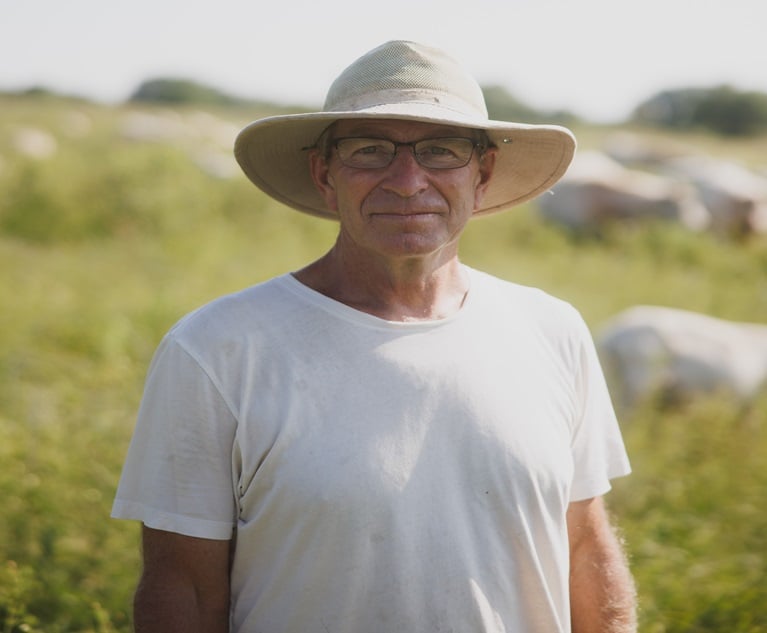 Gail Fuller on his farm near Severy, Kansas, U.S. on Thur., Jul. 18, 2024. Gail farmed monoculture cash crops and raised feeder cattle until a change of heart directed him toward regenerative farming practices. (Photographer: Chase Castor/Bloomberg)
Gail Fuller on his farm near Severy, Kansas, U.S. on Thur., Jul. 18, 2024. Gail farmed monoculture cash crops and raised feeder cattle until a change of heart directed him toward regenerative farming practices. (Photographer: Chase Castor/Bloomberg)
(Bloomberg) — In Kansas, where a prolonged drought has killed crops and eroded the soil, Gail Fuller's farm is like an oasis. Sheep, cows and chickens graze freely on crops and vegetation in a paradisiacal mess.
Recommended For You
Want to continue reading?
Become a Free PropertyCasualty360 Digital Reader
Your access to unlimited PropertyCasualty360 content isn’t changing.
Once you are an ALM digital member, you’ll receive:
- Breaking insurance news and analysis, on-site and via our newsletters and custom alerts
- Weekly Insurance Speak podcast featuring exclusive interviews with industry leaders
- Educational webcasts, white papers, and ebooks from industry thought leaders
- Critical converage of the employee benefits and financial advisory markets on our other ALM sites, BenefitsPRO and ThinkAdvisor
Already have an account? Sign In Now
© 2025 ALM Global, LLC, All Rights Reserved. Request academic re-use from www.copyright.com. All other uses, submit a request to [email protected]. For more information visit Asset & Logo Licensing.








